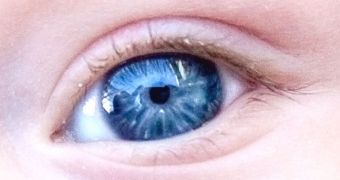Artificial muscle technology is a relatively new area of investigations, but one that promises a great deal of tangible results and innovation. Just recently, experts from the University of California in Davis (UCD) announced that they managed to develop a new method of allowing paralysis patients to blink. The finding could have significant implications for people who have lost this ability on account of combat-related injuries, stroke, nerve injury or facial surgery. Not being able to blink causes a number of severe side-effects for the eyes, ophthalmologists say.
In addition, thanks to the way the new devices are set up, in the near future, the same basic principles that underlie their operation could be used in other parts of the body as well, where the natural muscles have been destroyed, or incapacitated. According to the UCD team, its new system relies on the use of a combination of electrode leads and silicon polymers. The polymers have the ability to change their shape when subjected to an applied voltage, which makes them the ideal choice for artificial muscles.
“This is the first-wave use of artificial muscle in any biological system. But there are many ideas and concepts where this technology may play a role,” UCD Department of Otolaryngology (Head and Neck Surgery) facial plastic surgeon Travis Tollefson says. The system he and his team devised is presented in a scientific paper published in the January-February issue of the respected scientific journal Archives of Facial Plastic Surgery. What the team essentially did was develop a protocol, and a device, for implementing electroactive polymer artificial muscle (EPAM) technologies in living organisms.
Designing such a system for the eyes was relatively easy, the team says. The real challenge will come when they will have to investigate how to apply the same principle for the human body's main muscle groups, which sustain a lot more weight. “Facial muscles require relatively low forces, much less than required to move the fingers or flex an arm,” Craig Senders, a UCD otolaryngologist, explains. “The amount of force and movement the artificial muscle generates is very similar to natural muscle,” Tollefson concludes.

 14 DAY TRIAL //
14 DAY TRIAL //